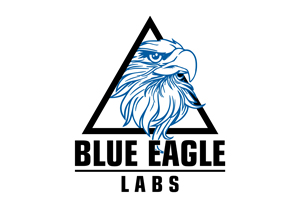Kossel Clear Build Instructions & Guides
Build Videos Playlist
Wiring / Electronics Diagram





Extruder:
Auto Calibration
Background:
To be able to successfully print out a first layer on the bed, you need to make sure that the molten plastic from the nozzle will adhere well to the bed, so that the lower layers of your print will not dislodge, while the printer is building the object. A number of factors will affect adhesion, such as:
- Correct temperatures of the heat bed and the nozzle (ideal temps will vary based on the quality of the filament)
- Ambient temperatures
- How clean the heatbed is: is it dirt free, are the oils smudges on the bed from your fingers
- Sometimes, cleaning the boro glass with some brands of alcohol leaves residue that causes the glass to reject the plastic that is layered on it.
- Nozzle height: printing too high from the bed will guarantee a failed print. Printing too low will block the flow of plastic, and also ruin your print. One way to test if your nozzle is at the correct height is by using a piece of paper as test. Get a regular piece of bond paper and slide it under the nozzle. The paper should be able to go through, and you should feel a slight drag from the nozzle. If the nozzle is too high, you won’t feel the drag. Too low, and the paper won’t go through.
- Bed Leveling. the bed needs to be the same distance from the nozzle throughout the bed.
The autocalibration command is a very helpful tool that Johann Rocholl created for these delta printers. The “G29” is a sequence that will use the printer’s effector to probe the bed at multiple points. It measures the ‘flatness’ of the bed as well as the bed level, and compensates any irregularities so that the printer prints perfectly every time. The idea is that before every print, you can issue the command to ensure the flatness of the bed.
While the “G29” command is able to measure the bed in reference to the probe, you still need to tell it what the probe’s offset is in relation to the nozzle. You can do this by adding a Z height offset to the G29 command. For example, “G29 Z-0.32”. Here’s a step by step on how to do it:
Check this before homing/autocalibrating for the 1st time:
- Check the wiring. Are all the wires connected to the right pins?
- Check that the thermistors are secure on the hotend and heatbed
- Check that the rollers are aligned to physically touch the endstops
- Ensure that the magnets on the autocal parts are correctly oriented
- Be ready to hit the kill switch just in case things go wrong (find the reset button on the ramps, or if you have an lcd, there’s a kill button there too!)

When you have determined the correct Z probe offset, put it in your gcode prefix in kisslicer as below:

When you are done, slice a simple object, and try to print!
How to Install Carbon Fiber Arms with Zero Backlash Magnetic Joints on a Kossel Clear





